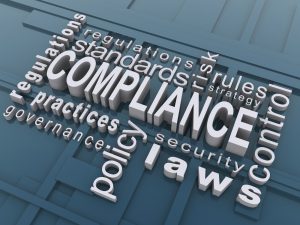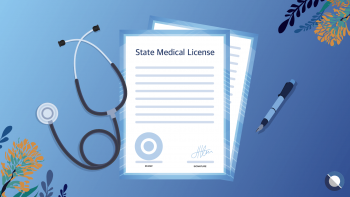
Our healthcare and business law firm previously published a blog post on the federal telemedicine rules and the general Georgia telemedicine rules. Both Federal and State rules govern the provision of telemedicine. Each state’s rules governing telemedicine are different, and there are specific rules around prescribing medicine from a telemedicine visit. A previous post provided an overview of Georgia’s telemedicine rules. This post focuses specifically on Georgia’s telemedicine prescribing rules. If you have questions about telemedicine rules or would like to discuss this blog post, you may contact our healthcare and business law firm at (404) 685-1662 (Atlanta) or (706) 722-7886 (Augusta), or by email, info@littlehealthlaw.com. You may also learn more about our law firm by visiting www.littlehealthlaw.com.
Georgia Telemedicine Rules for Prescribing
The general restrictions on prescribing via telemedicine is with (a) pain management and (b) controlled substances. As such, if the requirements to allow telemedicine are met, the provider can prescribe any medically necessary medications therefrom. The restrictions come into play if those medications are controlled substances. Continue reading ›

















 Our healthcare and business law firm previously published a blog post on the
Our healthcare and business law firm previously published a blog post on the  Our healthcare and business law firm previously published a blog post on the
Our healthcare and business law firm previously published a blog post on the 
 Increasingly, our healthcare and business law firm’s clients are interested in opening concierge medicine practices. Little Health Law’s last blog post provided an
Increasingly, our healthcare and business law firm’s clients are interested in opening concierge medicine practices. Little Health Law’s last blog post provided an  Both concierge medicine and direct primary care practices have become popular alternatives to the traditional insurance medical practice model. In a previous post, we
Both concierge medicine and direct primary care practices have become popular alternatives to the traditional insurance medical practice model. In a previous post, we  There are numerous adverse actions that can be taken against a provider’s Medicare ordering and referring or billing privileges. In general, however, deactivation is not considered such an “adverse action” that will reflect on the providers PECOS; however, it does “stop” your ability to use your Medicare privileges. If you have experienced an adverse action on your privileges, such as your privileges being revoked or excluded, please investigate yourself or call counsel to understand the rules and strict deadlines around what to do to
There are numerous adverse actions that can be taken against a provider’s Medicare ordering and referring or billing privileges. In general, however, deactivation is not considered such an “adverse action” that will reflect on the providers PECOS; however, it does “stop” your ability to use your Medicare privileges. If you have experienced an adverse action on your privileges, such as your privileges being revoked or excluded, please investigate yourself or call counsel to understand the rules and strict deadlines around what to do to  For various reasons, licensed medical providers may choose to voluntarily surrender their state medical license. Earlier this year, our healthcare and business law firm blogged about the repercussions of
For various reasons, licensed medical providers may choose to voluntarily surrender their state medical license. Earlier this year, our healthcare and business law firm blogged about the repercussions of  Our healthcare and business law firm previously published a blog post on the
Our healthcare and business law firm previously published a blog post on the  Given the increased use of telehealth during the Public Health Emergency (“PHE”), the Centers for Medicare and Medicaid Services (CMS) passed a final rule modifying the rules around when Medicare will reimburse for mental health visits. A previous blog post analyzed Federal laws and rules governing telehealth visits, including the general
Given the increased use of telehealth during the Public Health Emergency (“PHE”), the Centers for Medicare and Medicaid Services (CMS) passed a final rule modifying the rules around when Medicare will reimburse for mental health visits. A previous blog post analyzed Federal laws and rules governing telehealth visits, including the general